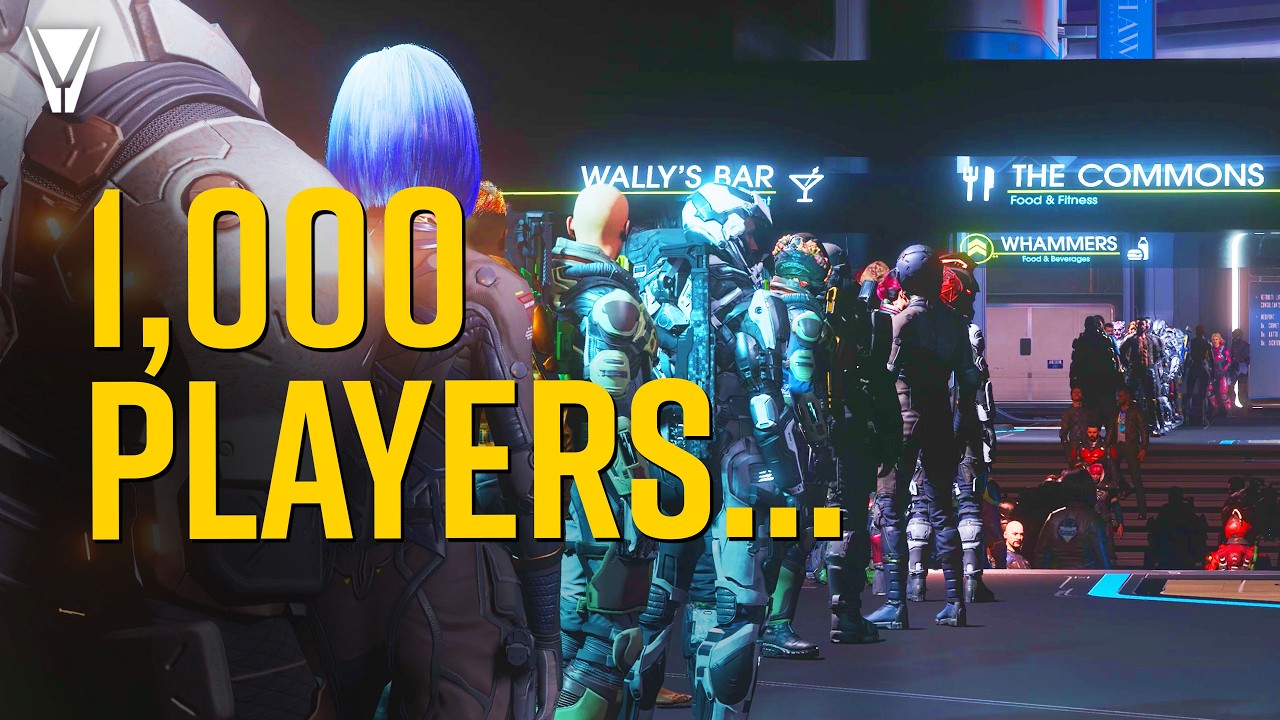In recent testing for Star Citizen’s server meshing technology, the community successfully supported up to 1,000 players in a single environment, but faced significant performance issues and crashes as player counts increased. Despite improvements in response times and ongoing development efforts, the game still struggles with optimization and user interface challenges, highlighting the need for further testing and community involvement before the anticipated 4.0 release.
In a recent testing phase for Star Citizen’s server meshing technology, the community experienced both successes and challenges. The tests demonstrated that the technology could support up to 1,000 players in a single environment, revealing significant delays and responsiveness issues. The testing community, including the video creator, aimed to gather a large group of players at New Babbage to break a record for the number of people aboard a single ship. However, the testing revealed that while server meshing was functional, the game itself still had several major hurdles to overcome before a full release.
Following the last CitizenCon, many were hopeful for regular server meshing tests leading up to the anticipated 4.0 release. However, delays occurred due to issues with the network message queue, which struggled under the weight of numerous players entering and exiting the game simultaneously. Developers have since rewritten parts of the server meshing code, resulting in improvements, though further work is necessary. The latest tests showed a reduction in response times, but challenges persisted, indicating that the game is not yet fully equipped to handle the increased player counts.
During a community event, the creator attempted to gather players at New Babbage, but faced several obstacles. Initial server performance was decent, but as the player count rose above 100, the server crashed, leading to a loss of participants. Communication issues arose due to the lack of in-game chat options, and many players experienced infinite loading screens or were unable to exit their spawn locations. These problems highlighted that even if server meshing is refined, the current state of the game is not prepared for large gatherings of players.
Performance issues were also evident, with high CPU usage impacting gameplay as the number of players increased. The game struggled to manage detailed player models and the geometry of various assets, leading to significant slowdowns. The creator noted that even with high-end hardware, performance suffered when many players were present, indicating a need for optimization in the game’s design. Furthermore, issues with the user interface made it difficult to navigate the influx of players, complicating the organization of large groups.
Despite the setbacks, the testing provided valuable data for developers to address ongoing issues. The creator expressed hope that continued testing would lead to improvements and a clearer path toward the eventual 4.0 release. They encouraged community participation in future tests to help identify and resolve problems, emphasizing the importance of these trials in achieving a fully functional MMO experience. Overall, the video highlighted both the progress made in server meshing technology and the significant challenges that still lie ahead for Star Citizen.
